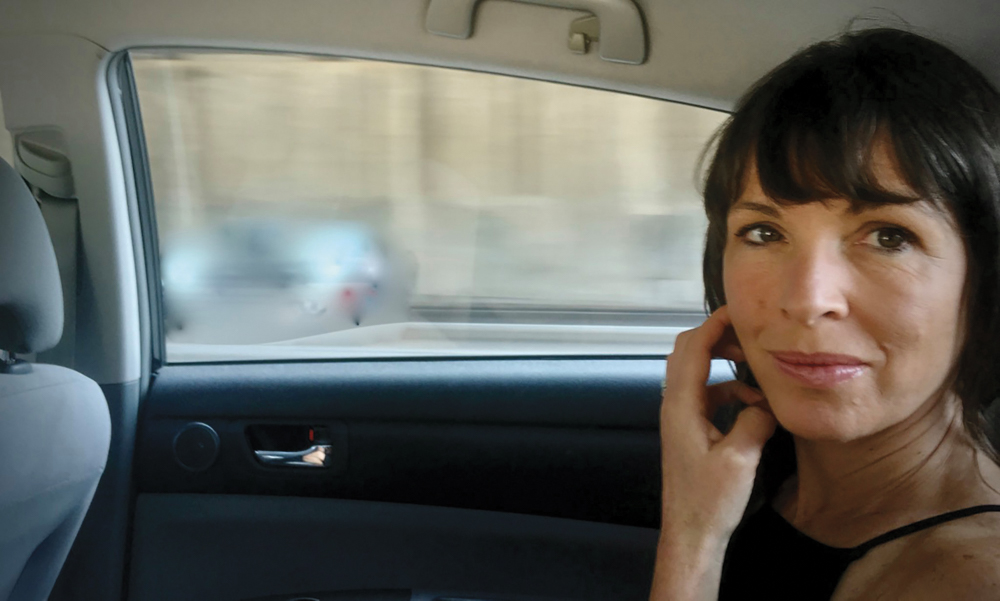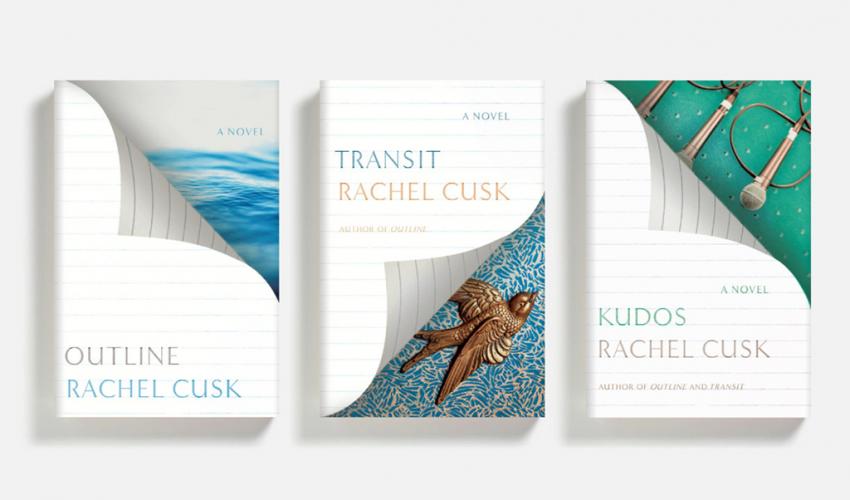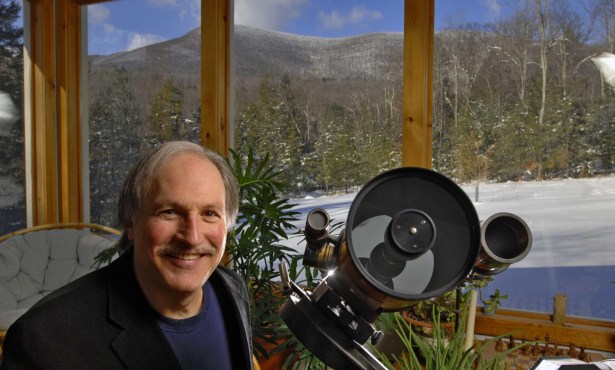Parallel Stories: Rachel Cusk
Santa Barbara Museum of Art Presents Acclaimed Writer

It’s no secret that Parallel Stories, the series of conversations between distinguished authors and their peers convened by the Santa Barbara Museum of Art, has become the city’s hottest ticket for up close encounters with contemporary literature’s most interesting authors. Whether it’s a chat with a local resident like T. C. Boyle who also happens to be a world-renowned fiction writer, or more frequently, a visit from an internationally known guest like Colm Toibin, the author of Brooklyn, the one constant is the extraordinary quality of the work and the conversation.
On Sunday, January 13, Parallel Stories reaches a new peak of heat-seeking currency with the arrival of Rachel Cusk, whose Outline trilogy is the most critically acclaimed project in English literature of the decade. Subtly subversive while remaining magically accessible, these three books represent a new chapter in the ongoing story of the novel. When Cusk takes the stage to discuss her work with Andrew Winer, professor of English and Chair of the creative writing program at UC Riverside, Santa Barbarans will get a chance to hear what a true innovator of English prose sounds like in the flesh. I got a preview of what to expect from Cusk when I met her for coffee on a recent rainy Saturday in the Funk Zone. What follows are some highlights from a splendid conversation about what really matters in contemporary writing.
The Outline trilogy is famous for the preponderance of free indirect discourse – reported speech that’s more often summarized by the narrator than rendered within quotation marks. Yet you still have significant use for the standard speech markers indicating that someone is speaking. What’s your criteria for deciding when and how to include phrases like “he said” and “she said” in your sentences?
It’s a musical approach; it’s a motif, a sound home. This river of people speaking can get very far from the source. Sometimes a person will be talking about something somebody else told them that somebody else told them, and so you keep sounding that sort of note of “he said, she said.”
To anchor things back to the present moment in which the words are ostensibly being spoken.
Yes, that’s part of it. Right now I’m working on a collection of essays from the past ten years. It’s going through copy editing at the moment, and it’s funny, because I find I’m back fighting for no more speech marks. The copy editor is trying to put them in because there’s this assumption of a standardized way of distinguishing between something being spoken and something not being spoken. As I’m going through and crossing out all the changes [where speech marks have been introduced by copy], it’s made me realize that I have almost a mystical system for when I put them in and when I leave them out. So, it’s not like “oh, you forgot.”

Please tell your editors that at least some of your readers are getting pleasure from the choices you are making. Now let’s talk about character, or the concept of character. In a lot of articles about the trilogy the pull quote is that your narrator is so “opaque” or “reserved” or neutral that you are the poster child of a “no more character” movement of some kind. Is that accurate?
It is something I’m interested in — the idea of character and what that idea might actually represent — and I think what it might represent is something that can be endlessly reincarnated. Character can recede and then emerge again. You know, what was character in the First World War? The idea of bringing a certain concept of character to that subject for me raises questions. People who are writing historical novels about the First World War are trying to create characters in a situation in which human life is utterly worthless. If what you are attempting to describe is hundreds of thousands of people are being mown down — where’s character there?
Then there’s the idea of character as the building block of a novel. I don’t know whether that model has died of its own weakness, or whether it’s been misused so badly that I for one have become reluctant to employ something that I perceive as part of the big problem of fiction, which is fiction as an exercise in dealing with exceptions rather than the rule. That’s what the idea of the novel has come to – the exceptional, the idea of the one-off thing that happened – and so character has become a form of that, in the sense that there’s ordinarily one character who is more important than all the other people in the book.
The result in my experiences is that the other characters in your stories are present in a more realistic way than in novels where they must function as foils for the protagonist.
Another thing that I was very determined to dispense with was stress; using stress as an engine of storytelling and narrative.
You mean stress as in suspense?
No, I mean stress as in a feeling of stress. A main character relating to other characters who aren’t as important. That becomes stressful, because you know that the purpose of these other characters is to feed something in the main character. And as a result you’re trapped in this interspace between this person you identify with and a lot of other people who don’t matter as much. And the problem is that things like cruelty are so quickly admitted into that interspace. It fills with aggression because something has to be kindled there in order to create conflict, and I’m not interested in that at all.
4•1•1
“Parallel Stories: Redrawing the Boundaries with Rachel Cusk” will take place in the Santa Barbara Museum of Art’s Mary Craig Auditorium on Sunday, January 13, at 2:30 p.m. For tickets, see sbma.net.

 on Google
on Google 

